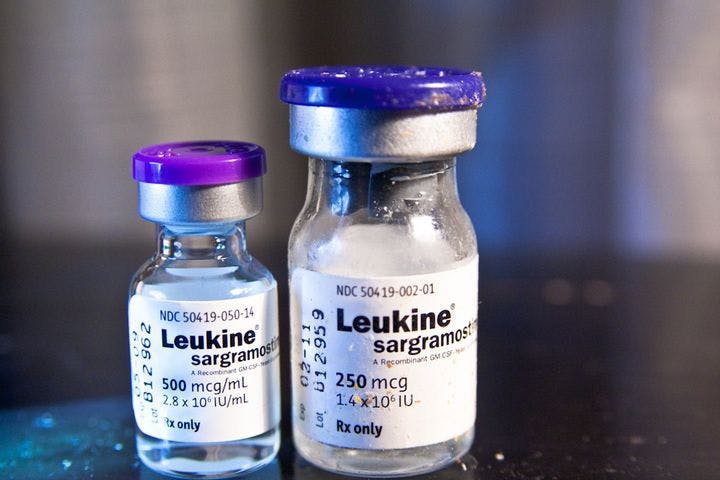Winter 2009
Mission Being Accomplished!
– The Wilson Quarterly
In the 38-year war on cancer, improved screening was the single most important change and one of the biggest bargains.
America’s official 38-year war on cancer has reduced deaths from the disease dramatically. But most of its success has not come from bravura breakthroughs in treatment. More lives have been saved by relatively humdrum screening tests.
In the first two decades after President Richard M. Nixon launched the war on cancer in 1971, cancer mortality rates rose twice as fast as before. By 1986, The New England Journal of Medicine was pronouncing the effort a “qualified failure.” But starting in 1990, cancer deaths for each 100,000 people of the same age began to decrease. By 2004, the cancer mortality rate was down 13 percent from its peak, writes David M. Cutler, an economist at Harvard University.
The four leading killers among all types of cancer are lung, colorectal, breast, and prostate. The lung cancer rate was down eight percent by 2004, mostly because so many people quit smoking. The colorectal cancer rate declined 26 percent between 1990 and 2004, largely because of better screening techniques. The breast cancer mortality rate fell 28 percent, generally because of mammography. And the death rate from prostate cancer plunged 31 percent because of early detection, hormone therapy, and surgery.
America may finally be winning the war on cancer, Cutler says, but at heavy cost: $15 billion in anti-cancer spending in 1972 became $74 billion in 2005. Improved screening was the single most important change and one of the biggest bargains. Treatments, particularly new drugs, have also improved, but some of the new wonder pharmaceuticals sell for $4,000 to $100,000 per year. They can extend the life of a cancer patient, but typically only for a few months, Cutler writes. Insurance generally covers efficacious drug therapies in the United States, regardless of cost, but in other countries cost sometimes trumps treatment. The United Kingdom’s arbiters, for example, turned thumbs down on two $50,000-to-$100,000-a-year medications for colon cancer, simply ruling them “not cost-effective.”
THE SOURCE: “Are We Finally Winning the War on Cancer?” by David M. Cutler, in Journal of Economic Perspectives, Fall 2008.
Photo courtesy of Flickr/Steven Depolo
